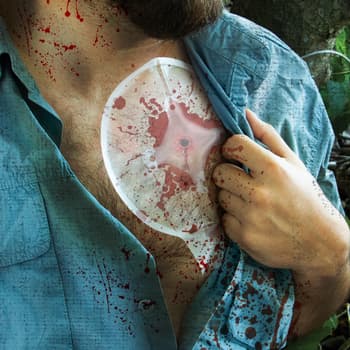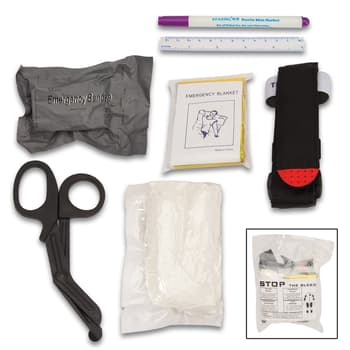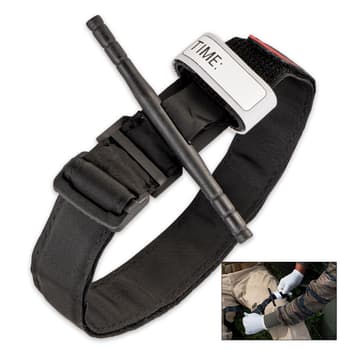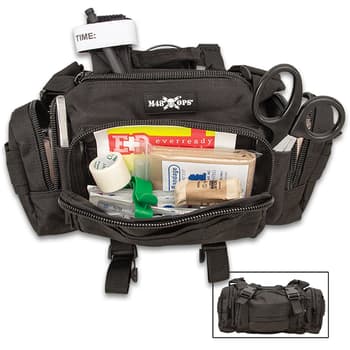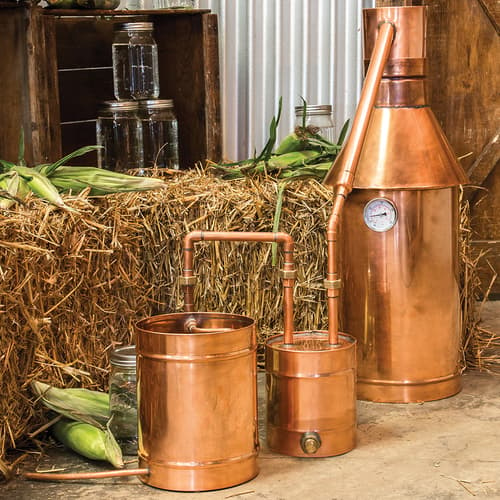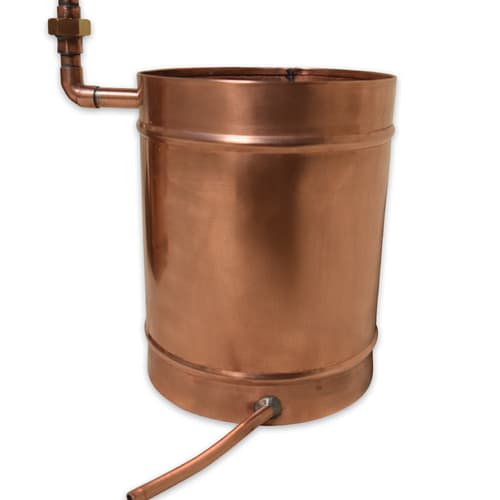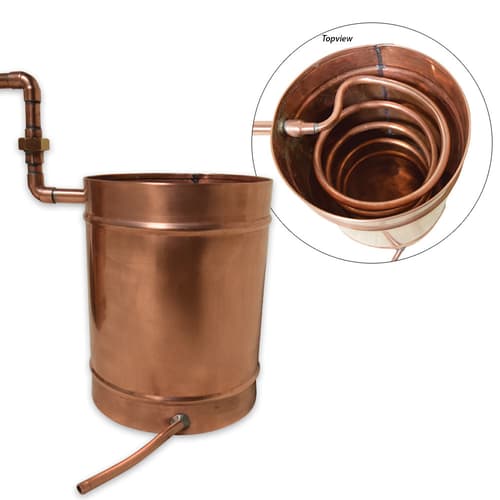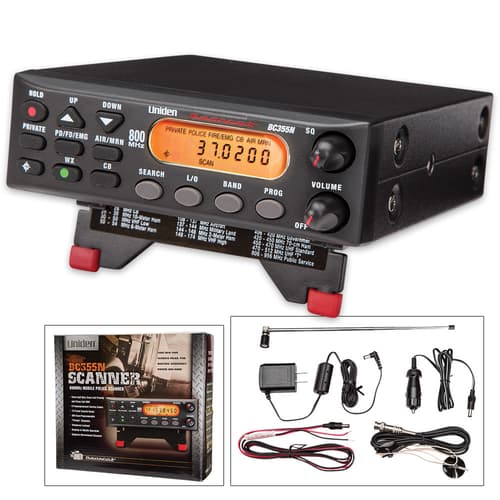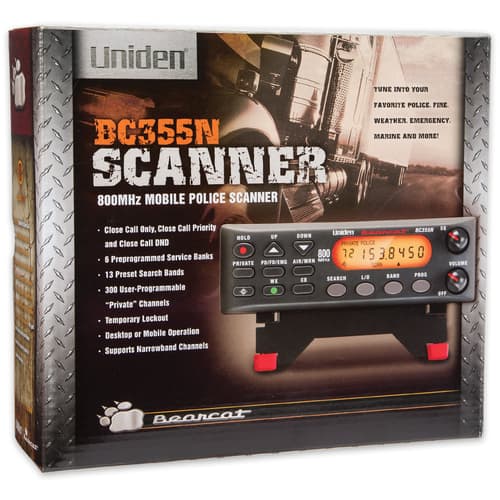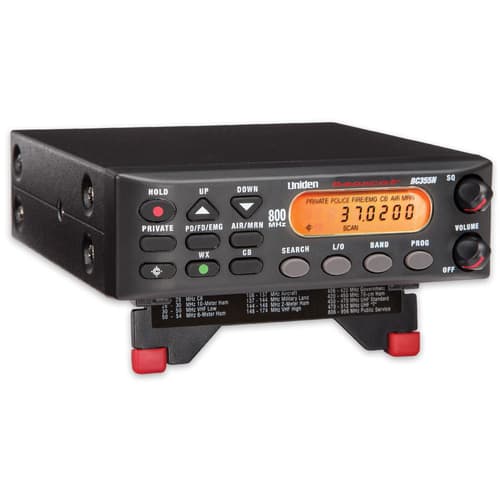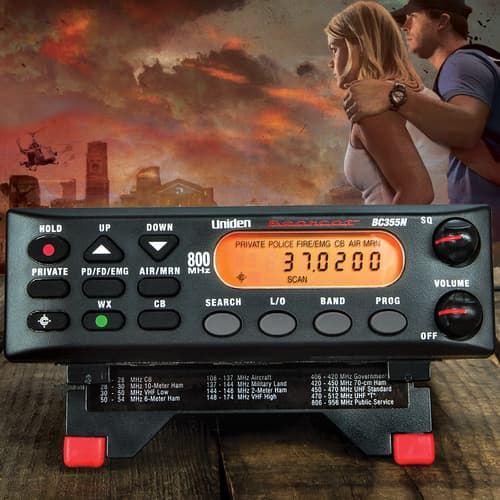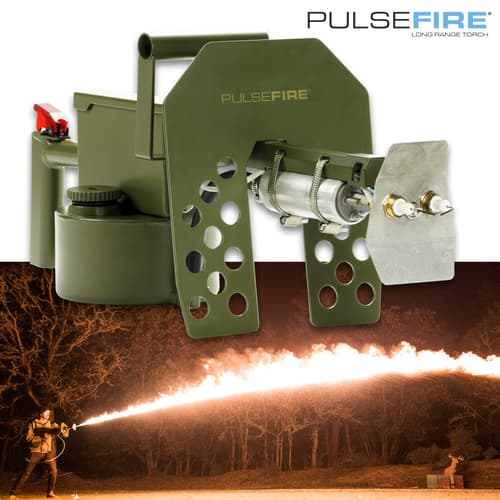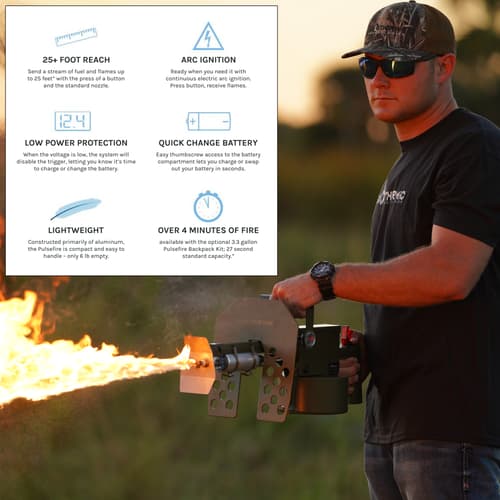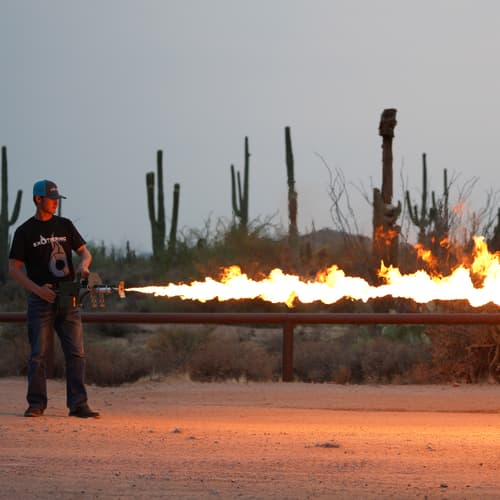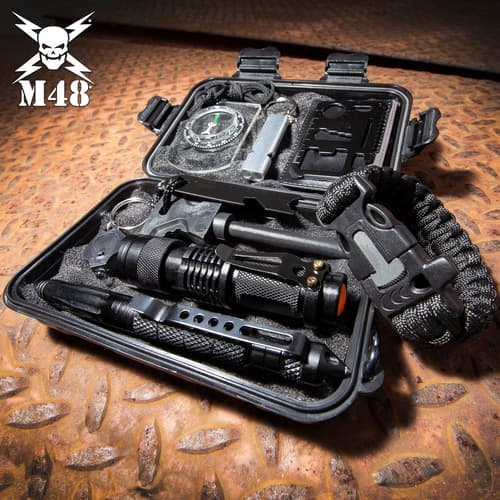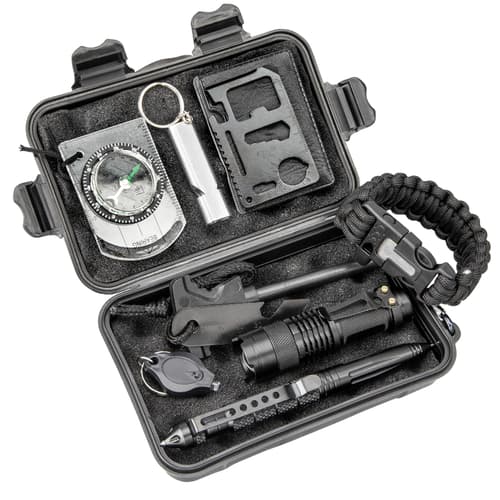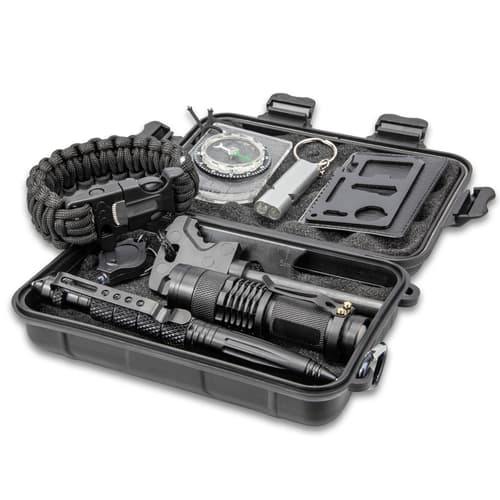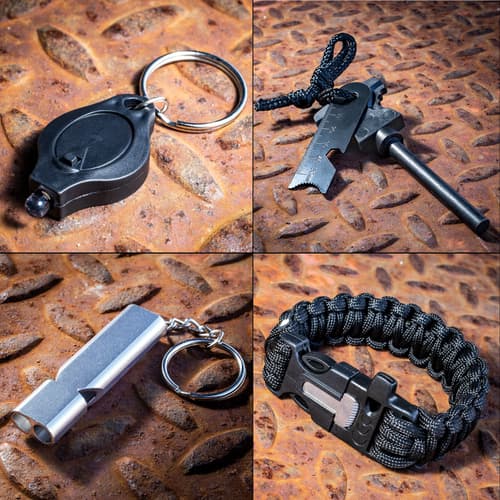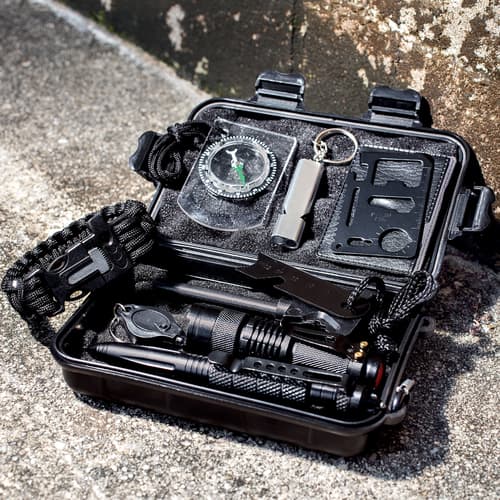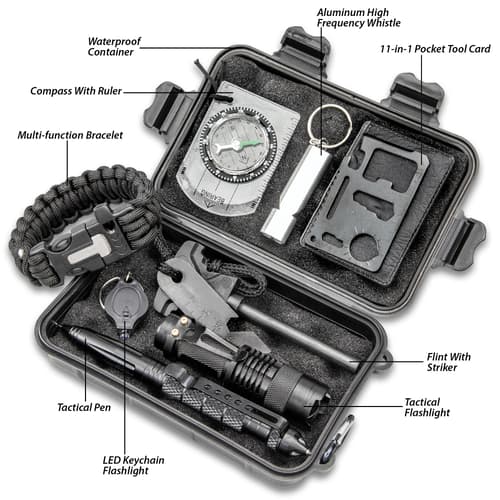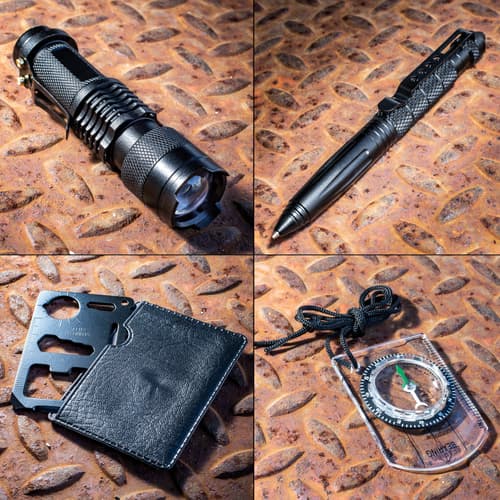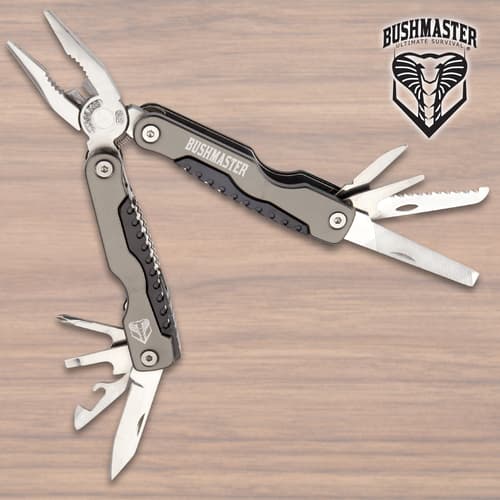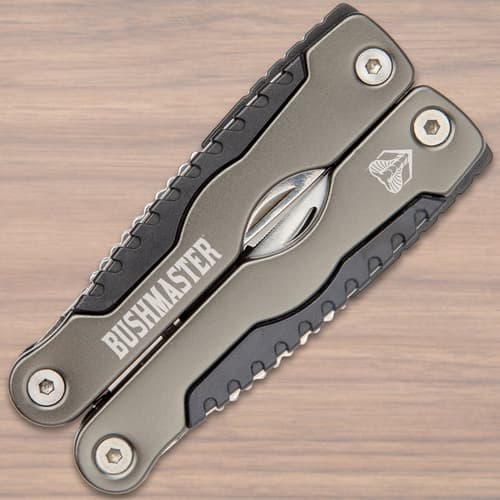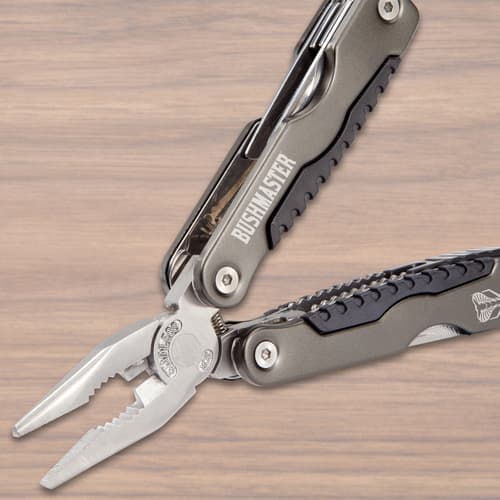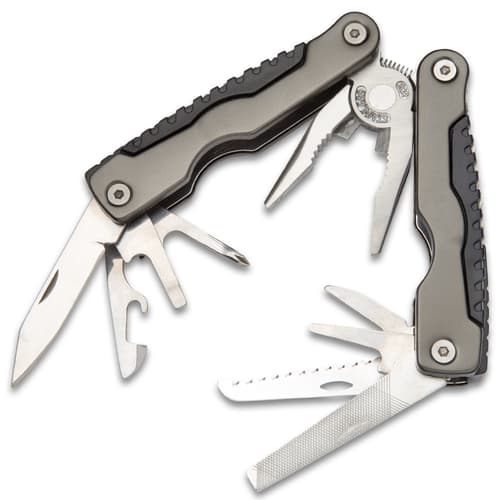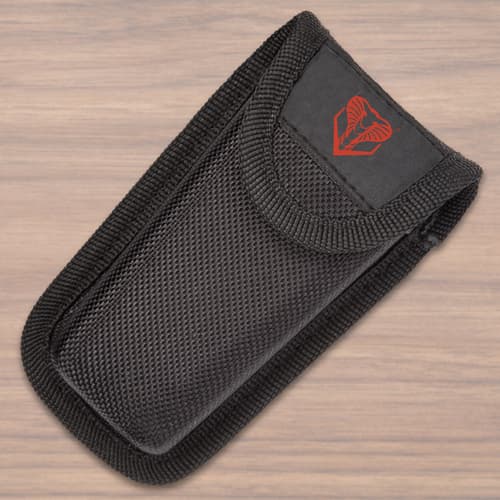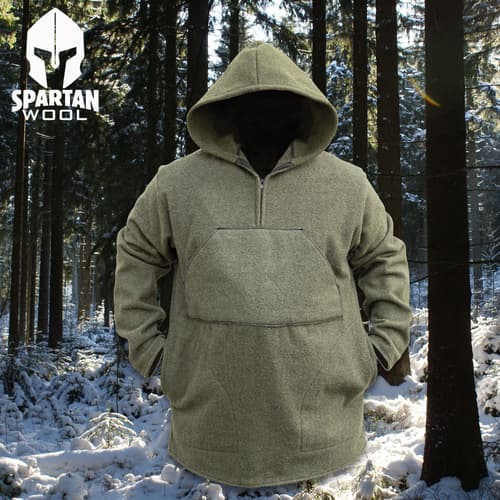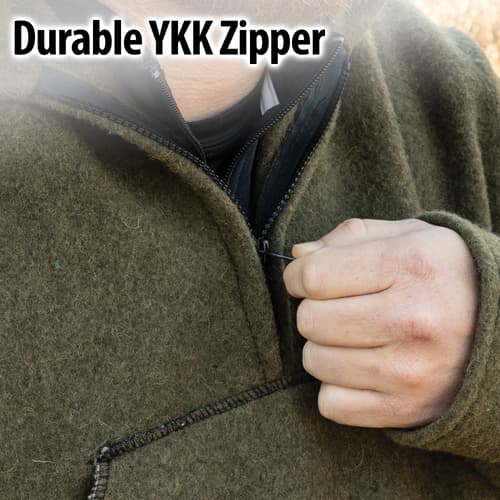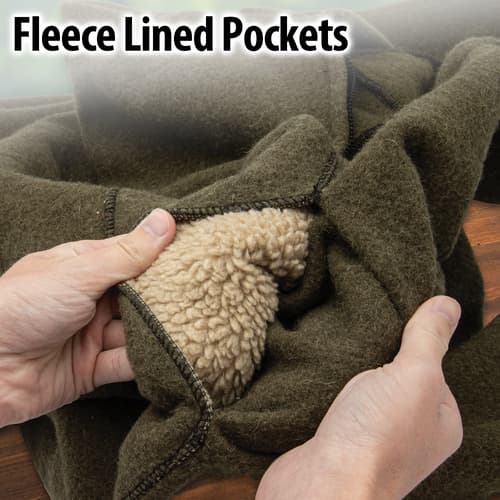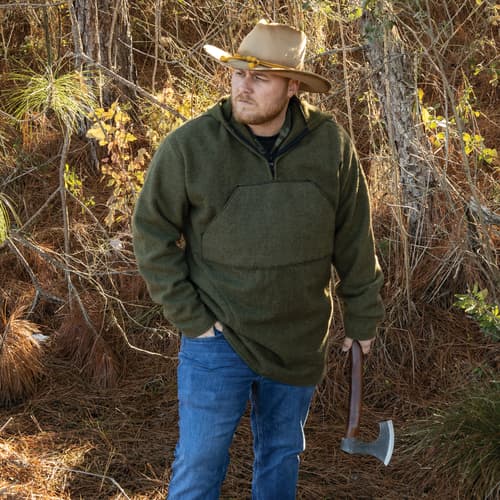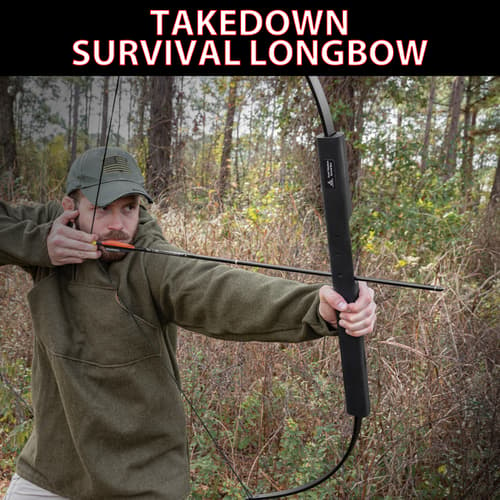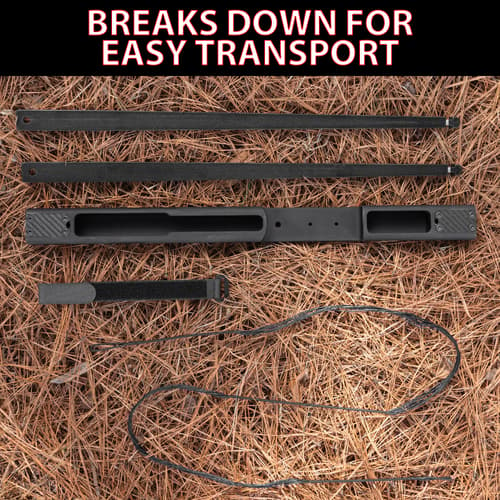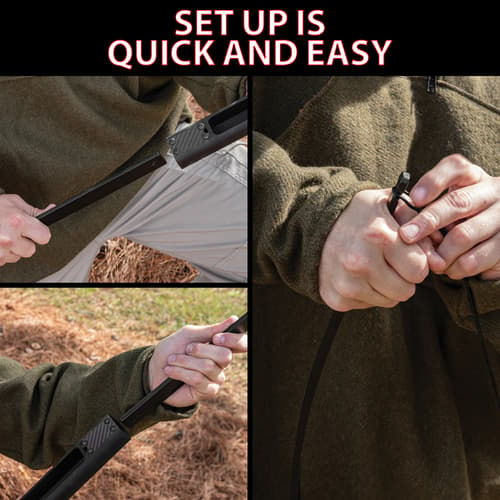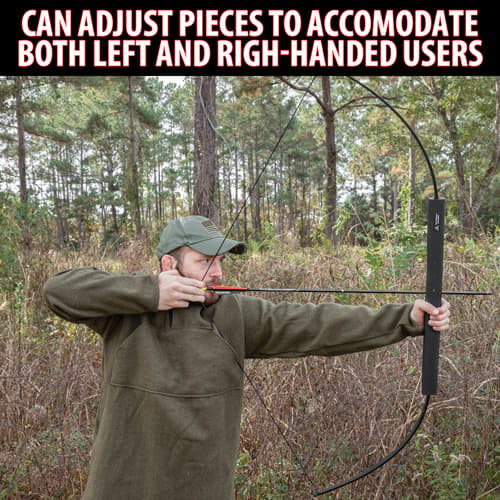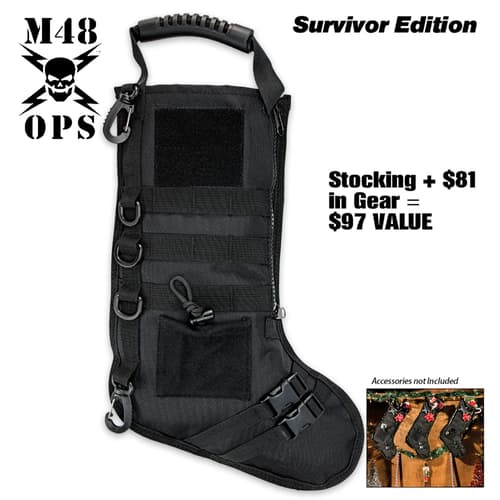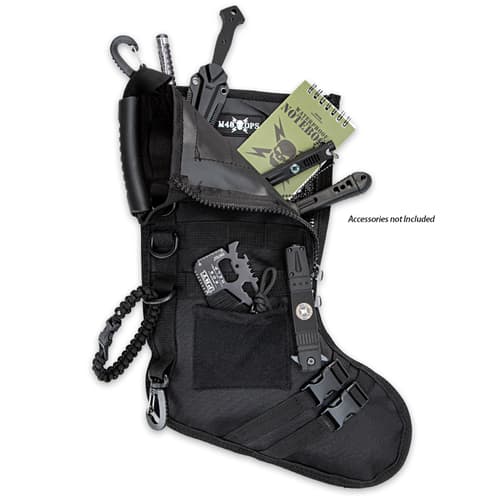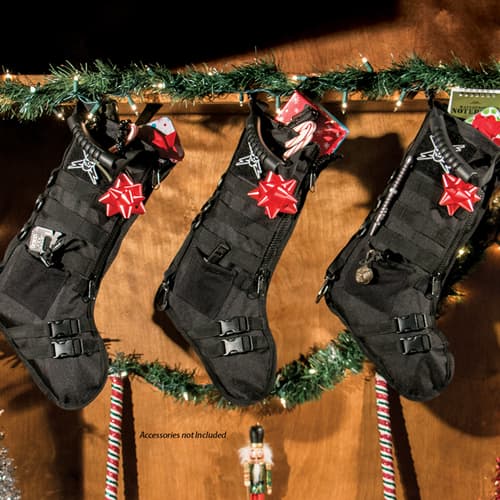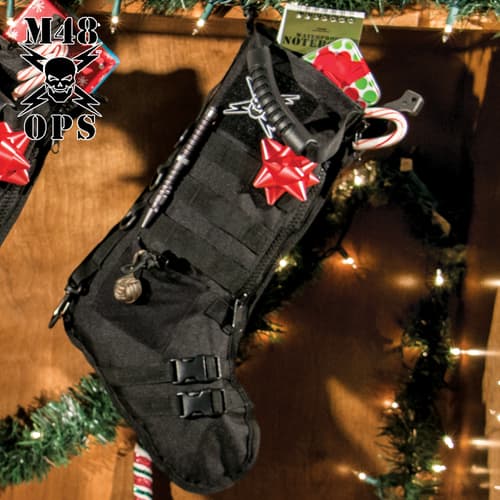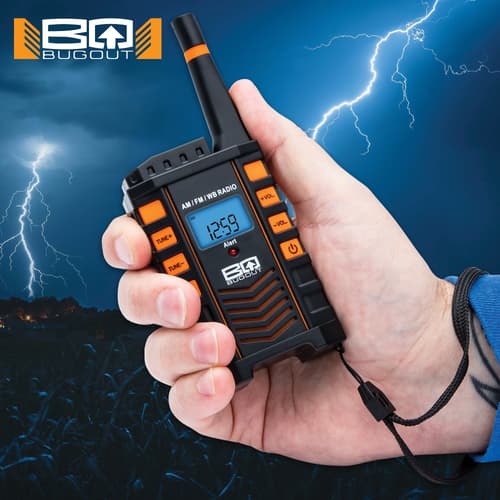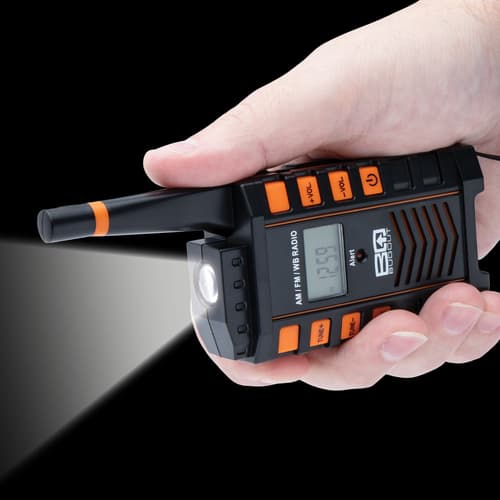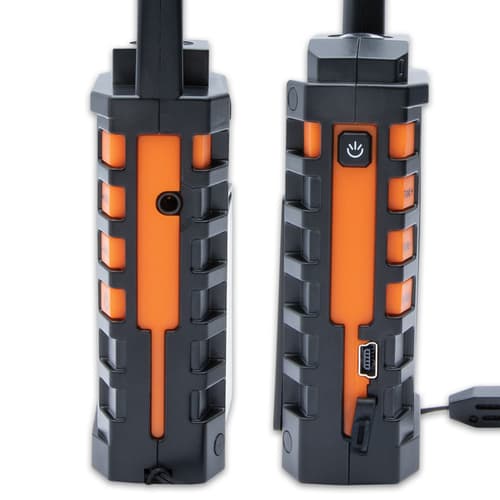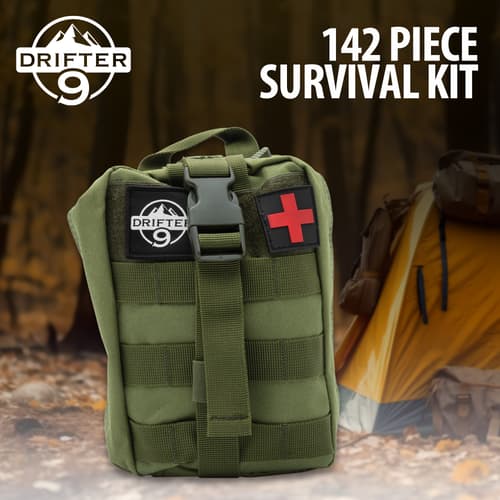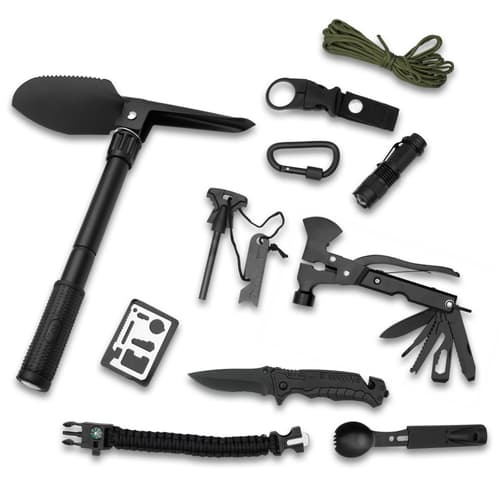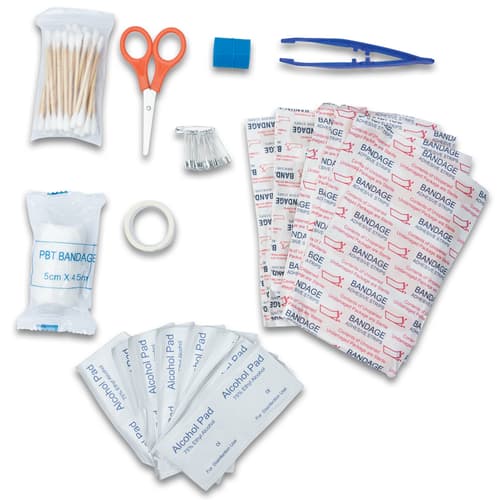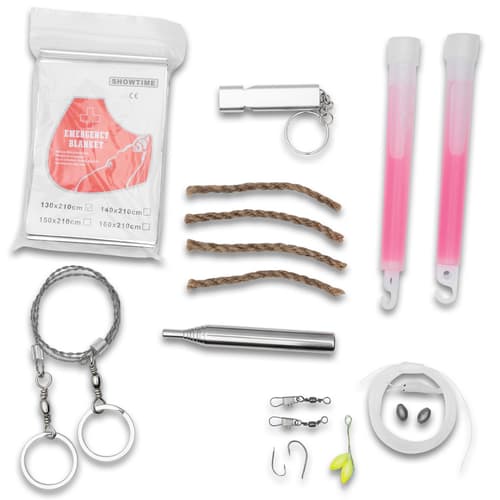First-Aid Out In The Field
First-Aid Out In The Field

By Adelia Ladson
Why Do I Need To Know Field First-Aid?
Things can get out of control quickly if there is an injury to contend with during a camping or hiking trip or a survival scenario. Having some basic knowledge of first aid could be the difference between life and death. Injuries out in the wild can be plant related, insect related, animal related, temperature related and fall related. Decisions need to be made quickly so the first step is to assess whether the injury is life-threatening or non-life-threatening.Non-Life-Threatening
Here are basic first aid directions on how to treat some common non-life-threatening injuries and ailments.
Insects and Poisonous Plants
For the most part, plants and insects are an annoyance that make survival in the wilderness even more uncomfortable. As long as there is no extreme allergic reaction, these can be treated rather simply.
Bee and wasp stings can be painful and cause swelling at the infected area. Apply cold water to reduce the swelling and, with a bee sting, remove the stinger by scraping it, not squeezing it out. For mosquitoes and ant bites, the best remedy is not to scratch the bite, but cold water can also be applied to reduce the swelling.
When poison ivy or sumac is the culprit, again, do not scratch the infected area and do wash it with cold water. If possible, remove clothes that might have brushed up against the poisonous plant and wash in water, as well. This will ensure that no more of the oil from the plant will be present to irritate the skin.
Sprains and Minor Cuts
Sprains and minor cuts can occur quickly in the wilderness because there are many obstacles that can cause falls that lead to injuries.
Sprains can be treated rather easily. The sprained area whether, ankle or wrist needs to be immobilized by wrapping it with something. If a length of cloth or bandanna isn’t available, two sticks and paracord can be used to immobilize it with. Place a stick on each side and wrap with paracord. Wrapping it tight and elevating it above heart level will help with the swelling. Also, applying cold water, if available, will help with swelling. The most important thing is that the individual needs to keep from putting further strain on the injured area.
When there is a minor cut or laceration, capillaries, which are small vessels, are the source of the bleeding that occurs. Capillary bleeding is the easiest to treat and control. Controlling bleeding with direct pressure is the most effective way to treat a wound. Use whatever cloth is on-hand to apply to the wound and hold firmly with a steady pressure for 30 minutes.
Heat Exhaustion
Temperature related first aid is basically, either warming the body up or cooling it down, which can pose a problem if limited resources are available. Heat exhaustion occurs when a person becomes dehydrated, and salt depleted. Signs of heat exhaustion include excessive sweating, nausea, cool clammy skin, muscle cramps, rapid weak pulse and faintness. It can be treated with plenty of cool water, rest and shelter from the sun. Water should be consumed and applied to the skin, using wet cloth or bandannas, to cool the body down.Life-Threatening
Here are basic first aid directions on how to treat some common life-threatening injuries and emergency situations.
Treating Shock
An underestimated medical hazard in the wild is when an individual goes into shock and this can up the ante to life-threatening to any injury. It occurs when there is insufficient blood flow in the body, which means oxygen is not being carried into the tissues, especially, the vital organs. There are a variety of situations that causes this to happen including heatstroke, blood loss, allergic reactions and poisoning.
Whenever an injury or medical emergency occurs, monitor the individual’s vital signs like breathing, temperature and pulse. Watch for signs of shock like enlarged pupils, clammy skin, rapid breathing and pulse, anxiousness and nausea. If the individual goes into shock place them flat on the ground, if possible, elevate the legs to help circulation and loosen tight clothing. Then, keep the individual calm, warm and under shelter.
Bone Breaks
There are two kinds of fractures that can occur – an open fracture and a closed fracture. The closed fracture is when the bone is broken but there is no open wound, and an open fracture is when there is an open wound and possibly a bone protruding from the break.
Fractures need to be immobilized with a splint and this can be done with two sticks or pieces of wood and paracord or cloth strips. If there are clothes in the way, then remove them or cut them away if the injured body part cannot be moved without further damage. Do not secure the splint so tight that circulation is cut off. Also, since swelling can occur, check the splint every so often, to make sure that it hasn’t tightened from the swelling. Moving the broken limb too much could result in severing a major blood vessel or pinching a nerve. However, using gentle traction to place the bone back into its normal position will let the nerves and blood vessels function better and lessen the pain. This should only be done if rescue isn’t imminent. This should be done very cautiously and if it causes too much pain, should be halted. Firmly hold the limb above the fracture in its natural position and then grasp the limb below the fracture and apply a steady and slow downward pressure, then, pull the limb back into place. Monitor the individual for signs of shock and treat them for shock immediately if signs are evident.
Bleeding
Profuse bleeding can be one of the most dangerous situations to face when stranded in the wild. There are two types of severe bleeding that an individual giving first aid can be faced with – arterial and venous. When an artery is cut, this is called arterial bleeding and it can result in significant blood loss because blood will spurt out every time the heart beats. When a vein is lacerated, this is venous bleeding, and it can be much easier to control.
As mentioned before, controlling bleeding with direct pressure is the most effective way to treat a wound. However, when an artery or vein is damaged, applying a tightly wrapped bandage to the wound is a must to increase the pressure and force the blood to clot at the source. The bandage can be a length of cloth or bandanna tied with paracord but not tight enough to impair circulation in the other parts of the limb. Elevating the injured area above the heart’s level can slow bleeding down and return blood to the heart. If an artery or vein is visible, however, apply pressure with the finger at the severed or lacerated end of it until the blood flow slows enough to apply a bandage. As with all injuries, always monitor vitals and look for signs of shock.
Heat Stroke
Heat stroke occurs when a person is exposed to sun so much that the body becomes dangerously over-heated. Immediate action to cool the individual down must be taken or death is imminent.
Signs of heat stroke are a throbbing headache, rapid or strong pulse, nausea or vomiting and red, hot, dry skin. The individual will stop sweating altogether and may lose consciousness. Make sure the person is sheltered from the sun and apply water to the skin to cool the body down. If the person is conscious, give them water to drink but do not try to force water into someone who is unconscious.
Hypothermia
Hypothermia occurs when the temperature of the body falls so low that the organs cannot function. It can happen quickly and can be hastened by exhaustion and dehydration.
Some signs of hypothermia are shivering, slurred speech, weak pulse, shallow breathing and drowsiness. If this occurs, shelter the individual from wind and insulate them from the cold ground. If clothes are wet, replace them with something dry like a blanket or coats. The victim needs to be given warm liquids about every 15 to 20 minutes. However, the victim also needs to urinate so that the body will continue to keep the vital organs warm instead of just warming the urine in the bladder. The key is to get the victim’s inner core temperature up first. Putting them close to a fire serves only to warm them on the outside and may cause cold blood to circulate to the core and bring its temperature down. Warm rocks placed strategically under the arm pits, back of the neck, wrists and between the thighs will transfer heat to major arteries. Make sure that the rocks are not too hot.
